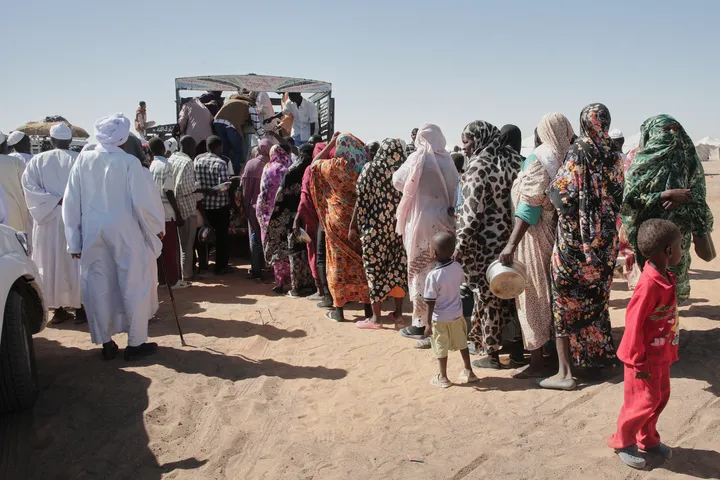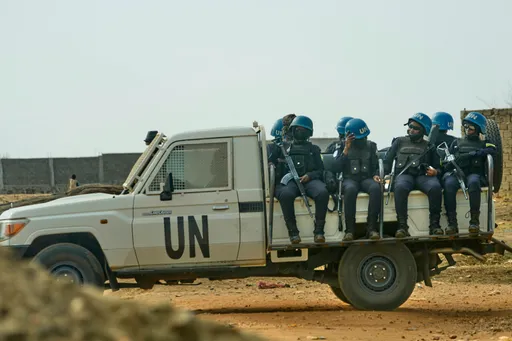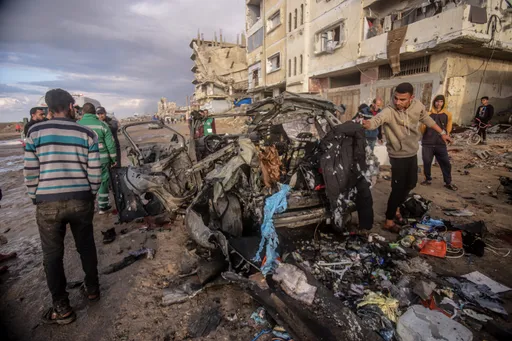Nepal averages about one flight disaster a year. And since 2010, the popular Himalayan tourist destination – home to the world’s highest peak Mt Everest – has witnessed at least 11 fatal plane crashes, including Sunday’s deadly accident that left at least 68 people dead.
The plane crash near the city of Pokhara in central Nepal is the worst aeroplane accident in the Himalayan nation in 30 years.
Nepal’s Civil Aviation Authority said that passengers on the ATR-72 aircraft operated by Yeti Airlines included four crew members and 15 foreign nationals – five Indians, four Russians, two Koreans, one Irish, one Australian, one Argentinian, and one French.
On Monday, rescue teams found both the cockpit voice recorder and flight data recorder.
The data on the recorders may help investigators determine what caused the aircraft to crash in clear weather just before landing in the tourist city of Pokhara.
The last major aviation accident in Nepal happened on May 29 last year, when all 22 people onboard a Tara Air plane were killed as it crashed in the Mustang district.
READ MORE:Nepal mourns after deadly plane crash, hopes for missing fade
Why flying is risky?
The recent plane crash in the country proves once again why flying in the region is the riskiest.
Experts say conditions such as inclement weather, low visibility, and mountainous topography contribute to Nepal’s reputation as notoriously dangerous for aviation.
Ageing aircraft with poor maintenance have often contributed to the threat.
The short landing strips in all 43 airports make the situation more dangerous. For example, the new Pokhara International airport, where the ATR-72 aircraft was trying to land, has a runway 45 meters wide and 2500 metres long.
For context, the main runway at the Istanbul International Airport is 60 m wide and 4,100 m long.
‘Hostile topography’
Fickle weather patterns aren’t the only problem for flight operations. According to a 2019 safety report from Nepal’s Civil Aviation Authority, the country’s “hostile topography” is also part of the “huge challenge” facing pilots.
Nepal, a country of 29 million people, is home to eight of the world’s 14 highest mountains, including Everest, and its beautiful rugged landscapes make it a popular tourist destination for trekkers.
But this terrain can be challenging to navigate from the air, particularly during bad weather, and things are made worse by the need to use small aircraft to access the more remote and mountainous parts of the country.
Aircraft with 19 seats or fewer are more likely to have accidents due to these challenges, the Civil Aviation Authority report said.
READ MORE:All bodies recovered from Nepal plane crash
Lack of infrastructure
Many global regulators have noticed Nepal’s lack of civil aviation infrastructure and innovation. For example, the European Commission has banned more than 20 Nepali airlines and prohibited them from flying into Europe, citing safety concerns.
On the other hand, the airport conditions are not appropriate for safe aviation. The Tenzing-Hillary Airport in Lukla in the northeast region of Nepal is often touted as the world’s most dangerous airport. It has a single runway. On one end, there’s a wall, and at the other, a steep drop into the valley below.
The tiny Himalayan settlement of Lukla in Nepal is 9,383 feet above sea level. At this altitude, air density is considerably lower than at sea level and impacts the plane’s speed, making it hard to slow down. At high altitudes, the longer the runway, the better.
But the runway is extremely short at just 526 metres at Lukla airport. There is also the matter of missed approaches which allows the pilot to retry landing if they miss it, but at the Lukla airport, once an aircraft approaches, it has to touch down.
In 2015, the International Civil Aviation Organization, a United Nations agency, prioritised helping Nepal through its Aviation Safety Implementation Assistance Partnership. Two years later, the ICAO and Nepal announced a partnership to resolve safety concerns.
It has also been reported that Nepal does not have the required skills and trained aviation staff. In addition, the lack of budget further puts pressure on the remaining workforce, who, at times, are burdened with extra tasks that lead to stretching their work hours.
The deadliest crashes
Before Sunday’s crash, Reuters reported, at least 273 people had been killed in the country in 17 air crashes since 2000.
January 15, 2023: A twin-engine ATR 72 aircraft carrying 72 people, operated by Nepal’s Yeti Airlines, crashed in Pokhara, killing at least 68. It was the worst air crash in the country since 1992.
May 29, 2022: Sixteen Nepalis, four Indians, and two Germans died on a De Havilland Canada DHC-6-300 Twin Otter aircraft that crashed 15 minutes after taking off from Pokhara, 125 km (80 miles) west of Kathmandu.
March 12, 2018: Fifty-one of 71 people on a Bangladeshi airliner operated by US-Bangla Airlines died when it crashed in cloudy weather as it came in to land at the Nepalese capital’s hill-ringed airport.
February 24, 2016: A small plane crashes in bad weather, killing all 23 people on board. The Twin Otter aircraft, operated by Tara Air, was on a flight from Pokhara.
September 28, 2012: A small propeller-driven Dornier aircraft crashed after a bird hit shortly after takeoff from Kathmandu, killing 19 people, including seven British and five Chinese passengers.
READ MORE: Colombia plane crashes into residential locality, killing all on board
























